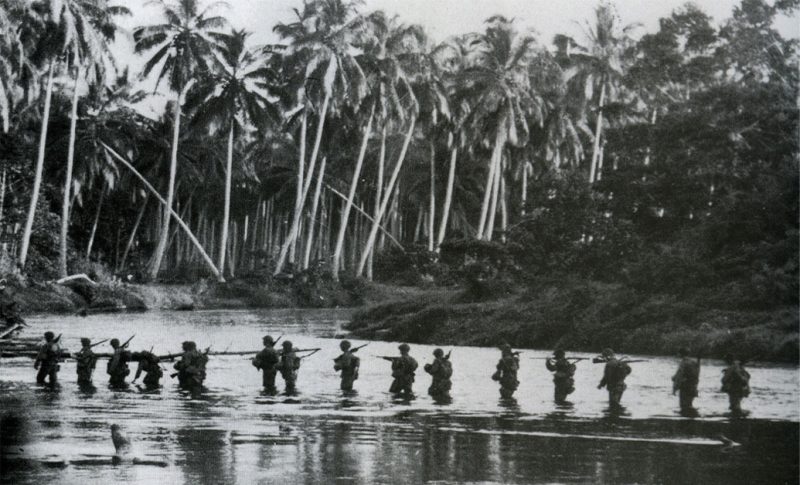One of the only remaining Australian World War II veterans who participated in the Solomon Islands campaign returned to mark the anniversary of the Battle of Guadalcanal.
The HMAS Australia led the invasion force in what was one of the bloodiest battles in the Pacific front; it was also the most vital since it turned the tide against the Japanese.
In the early hours of the morning on August 7, 1942, William Quinn was stoking fires on the Royal Australian Navy (Ran) flagship while they led a United States group into battle against the Japanese Navy.
“It’s a bit overwhelming. I never thought it would happen, and I’m rather emotional about it all,” 92-year-old Quinn said. “We were providing protection for the transports and the US Marines that were being landed. Some nasty things happened while we were here.”
While Guadalcanal was predominantly a U.S. operation, Milner Tozaka, the Solomon foreign minister, was very happy to finally pay tribute to the Australian role in the battle.
“It is with great satisfaction that we are able, for the first time ever, to honour an Australian serviceman who was present on the day of the landing in 1942,” Mr. Tozaka said to applause.
The operation that landed 11,000 soldiers – mainly US Marines – while they were being bombarded with naval and aerial attacks from the Japanese. The HMAS Canberra sunk on August 9, 1942, with 84 courageous lives lost. Quinn said that his strongest memory is the night when four heavy cruisers – including the Canberra – were sunk around Savo Island
Australia’s role in the battle is mostly overshadowed by the campaign in what is now Papua New Guinea, even if it was extremely vital. The battle of Guadalcanal was a vital step in the Australian success; it diverted resources that would have been used in the Solomon fights.
Not only did the Royal Australian Navy lead the invasion force, but they also had a very complex spy network consisting of Australians, Europeans, and Islanders – set up by the British before the Japanese invasion. “Australians and Solomon Islanders working together for the common good is a partnership that continues to this day,” said Mr. Tozaka.
The descendants of some of these islanders who helped fight the Japanese were awarded medals by the Australian government,
“Marvelous men. An incredible job they did,” said Mr. Quinn. “We were warned of the approach of the Japanese bombers from Rabaul (in PNG). Without them, things would have been a lot different, without the coastwatchers.”
A statue commemorating the coastwatchers and the bravery of the scouts stands on Commonwealth Avenue in the capital Honiara
Brigadier General Brian W. Cavanaugh said, “these patriotic volunteers, and the intelligence they provided, clearly demonstrated the high value of the coastwatchers.” Cavanaugh was the deputy commander of US Marines in the Pacific.
Without the Islander scouts, we also may not have had the civil rights act in the United States; they were responsible for saving the life of future President John F. Kennedy. Nearly 40,000 human lives from both sides were lost in the Guadalcanal campaign. That number could be even higher since there is no record of how many Solomon Islanders died, the older generation calling it the “Big Death.”
Next year a multi-national commemoration ceremony will be held to mark the 75th anniversary of Guadalcanal, there will be a visit by the Australian naval ship carrying the name HMAS Canberra.
